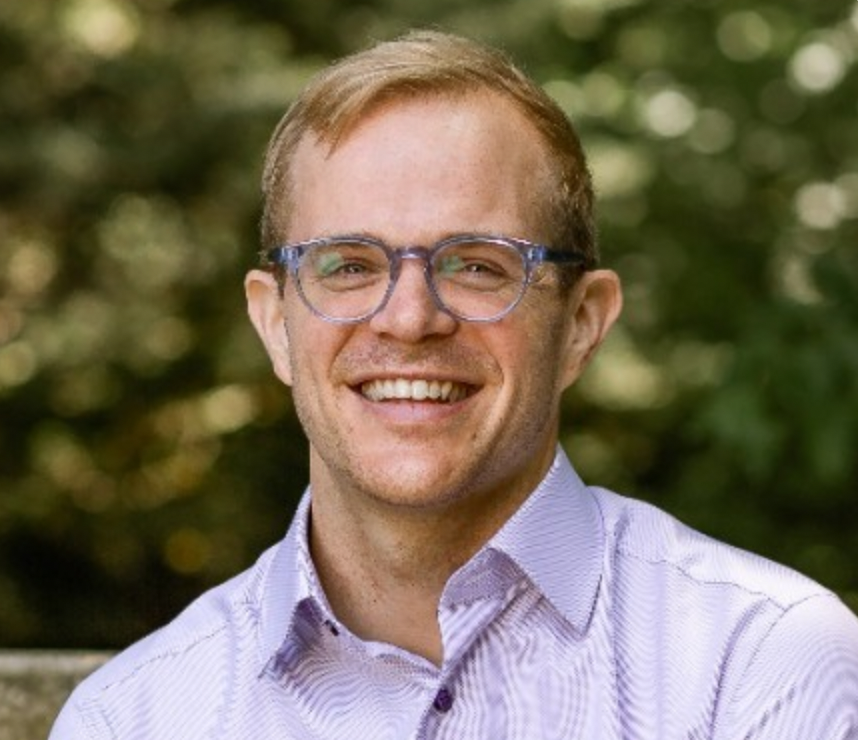We deliver! Get curated industry news straight to your inbox. Subscribe to Adweek newsletters.
The Wall Street Journal launched the newest addition to its growing portfolio of executive membership programs on Thursday, part of a broader effort to revitalize the 17-year-old venture and net lucrative reader revenue and sponsorship.
The newest program, the Chief People Officer Council, is the second new initiative launched in as many months. In April, The Journal unveiled its Board of Directors Council.
These councils sit in its Leadership Institute, which falls under former Fortune chief executive Alan Murray, who launched its first membership program, the CEO Council, in 2008.
Now, the publisher plans to expand the program.
“We’re looking at how we can add new communities and new services,” Murray said. “The core of our business is peer exchange, networking, and learning. That’s what our members told us they wanted more of.”
The Journal is not alone in chasing more reader revenue; nearly every major publisher has introduced a subscription program in recent years to generate recurring revenue from its most engaged readership.
When asked how much it costs to join the CEO Council, The Journal pointed to a piece from last October from Digital Content Next stating an annual price tage of $25,000. The Journal has since rolled out four other programs, all serving different sectors of the executive suite. The publisher wouldn’t say how much the newer councils cost to join, but they are not as expensive as the CEO Council. It would not share how much revenue the Leadership Institute generates.
“The industry needs to move beyond a binary subscription-or-advertising model,” said Enders Analysis senior analyst Abi Watson. “Programs like this let publishers monetize their most valuable users in more sophisticated ways.”
A model years in the making
The council program, which was consolidated under the Leadership Institute in September, currently has around 750 members, according to chief revenue officer Josh Stinchcomb.
The flagship CEO Council remains the largest, with 358 members, followed by smaller communities of CFOs, CIOs, compliance officers, and now, board directors and chief people officers.
The programs cater to highly senior executives and include access to in-person summits, global dinners, virtual roundtables, and off-the-record conversations designed to facilitate peer-to-peer learning.
While the Journal does not disclose revenue figures, the membership program is pacing 20% ahead of its new member growth targets this fiscal year, according to Stinchcomb, and event sponsorship is tracking toward double-digit gains.
The Leadership Institute generates revenue through sponsorship (60%) and membership (40%), according to Stinchcomb. But as the division grows, it hopes to flip its revenue makeup so that membership drives the bulk of its earnings.
When it comes to sponsorship, the program is mindful of how brands interact with its members. They must be peers, for example, sending representatives in the same job function as council members to preserve the integrity of the peer learning model.
“[The Leadership Institute] delivers two things for the Journal: a reputational halo effect and increased customer lock-in, especially for corporate subscriptions,” Watson said. “It creates more predictable annual cash flow while deepening ties with influential business audiences.”
The Leadership Institute is profitable, but under Murray, it has expanded its dedicated headcount from 17 to 25.
The team also produces dedicated content, including a new CEO newsletter, real-time executive polling, and an upcoming video and podcast series featuring business leaders.
“With the breakneck pace of change executives have to contend with, from AI to tariffs and the market, executives are more desperate than ever for opportunities to learn from one another,” Stinchcomb said. “We see an opportunity to service that need.”









